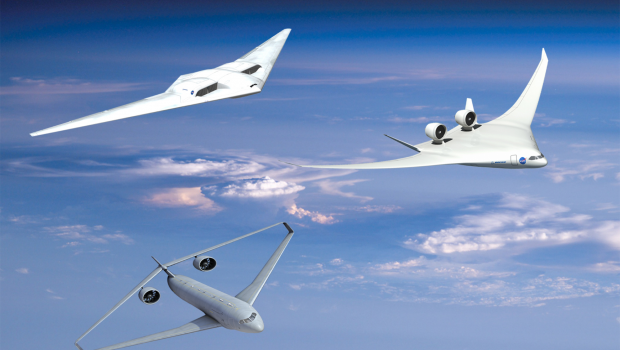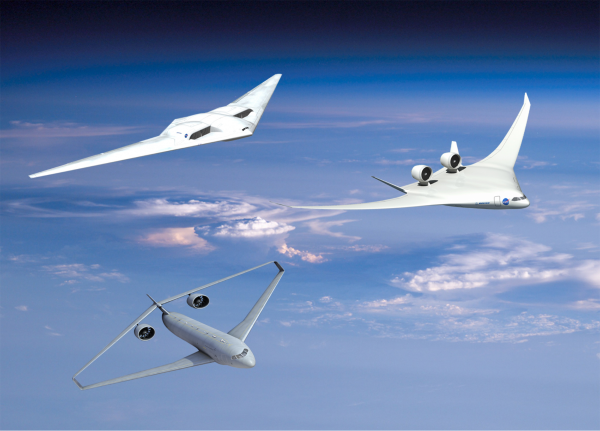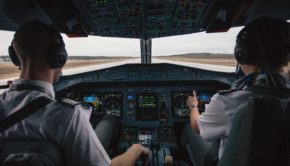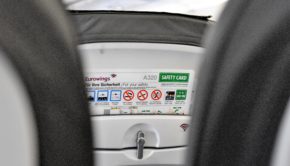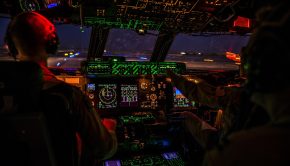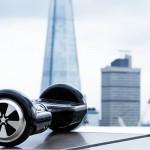Planes Without a Pilot? – Boeing Exploring the Possibility
Technology seems to be advancing at an increasingly accelerated rate. We’ve seen automation come in through robotics in manufacturing, customer service and self-checkouts. In terms of transportation, currently, there are automated metro and subway systems already in use, and driverless cars are now in their testing phases. But does this technological revolution stop at ground transportation? Boeing doesn’t seem to think so. The possibility of pilotless planes is seriously being explored and could be making airwaves in the very near future.
Why Go Pilotless?
Using artificial intelligence, the possibility of commercial-jets flying solo, that is, without any pilots, is a seemingly tangible notion. The AI systems in place on commercial flights will be responsible for guiding automated controls and making decisions, as a pilot would do. Researchers at Boeing are diving head-first into the specifics of creating such a system. Driven by the incredible shortage of pilots worldwide, coupled with the rapid increase in volume of passengers and demand for more flights, automated airplanes could be the way of the future. Looking to the next 20 years, automation technicians believe that there will be a demand for about 40,000 new commercial jets, which is roughly double the amount currently in operation. The skilled labour of experienced pilots will fall short of such a large demand, thus Boeing’s reasoning behind getting started now. More and more people are seeming to go into the AI field, by choosing to get more specialized automation training, making such things more possible. They are planning to begin testing experimental, passenger-less flights as early as next year.
Does the Technology Exist?
Naturally, as with any type of new technology on the market, safety and ability is a concern. We are still iffy about driverless cars, with many people rejecting the idea altogether. The fact that roadways are much more crowded and accident-prone than the skies is a probable reason for this. However, with automated flights, the fact that the technology is already available, means that expanding this system into airplanes isn’t as farfetched as it seems.
We’ve seen automation in flying drones already, evidence of the fact that this is possible. Small military drones are already in the works, and many e-retailers are experimenting with and using package delivery by drone.
Additionally, currently long-haul pilots already do use a measure of automation in the flight deck. When cruising for hours, more often than not, pilots switch to autopilot mode, allowing the intelligence of the machine to guide their way. Many pilots also use auto-land features when landing their planes, a lesser-known fact (you can stop clapping when the plane lands now). Auto-land capabilities allow airplanes to land safely in poor weather conditions when visibility is low. So, the fact that much of the technology is available and is already being used in some capacity is a reassuring notion, and one that means pilotless planes could be closer than we think.
AI versus Humans
When it comes to thinking about these planes in operation though, the biggest concern over safety and ability is decision making. Boeing knows that a plane will not operate if general safety standards are not passed, but what about avoiding disasters, making last minute protocol changes, or basically, thinking like a human would, in a tough situation? Drawing from the recent near-disastrous situation in San Francisco where a pilot mistook the taxiway for a landing runway, understanding if an automated plane would be able to act as fast and intelligently in a tight time frame as the pilots did, is where the question lies. The pilot realized his error and pulled the plane up just 30 meters ahead of a plane waiting in the taxi line. The crash could have been fatal had he not realized his mistake. Would an automated plane be able to backtrack like this and land safely? What about if a passenger is gravely ill and needs an emergency landing? The system would need to be able to react to situations outside of its preprogrammed mind, which is where the tricky part comes in.
Looking Ahead
While the general feel of automated flights might be a mix of concern and fear with excitement and intrigue, they won’t be coming into the market until they are completely tested and pass all standards. It’s a tangible idea at most currently, one that will require a lot of research and development. Those interested in joining the revolution can think about completing their automation & industrial training online, an area where jobs are sure to be in bulk.

